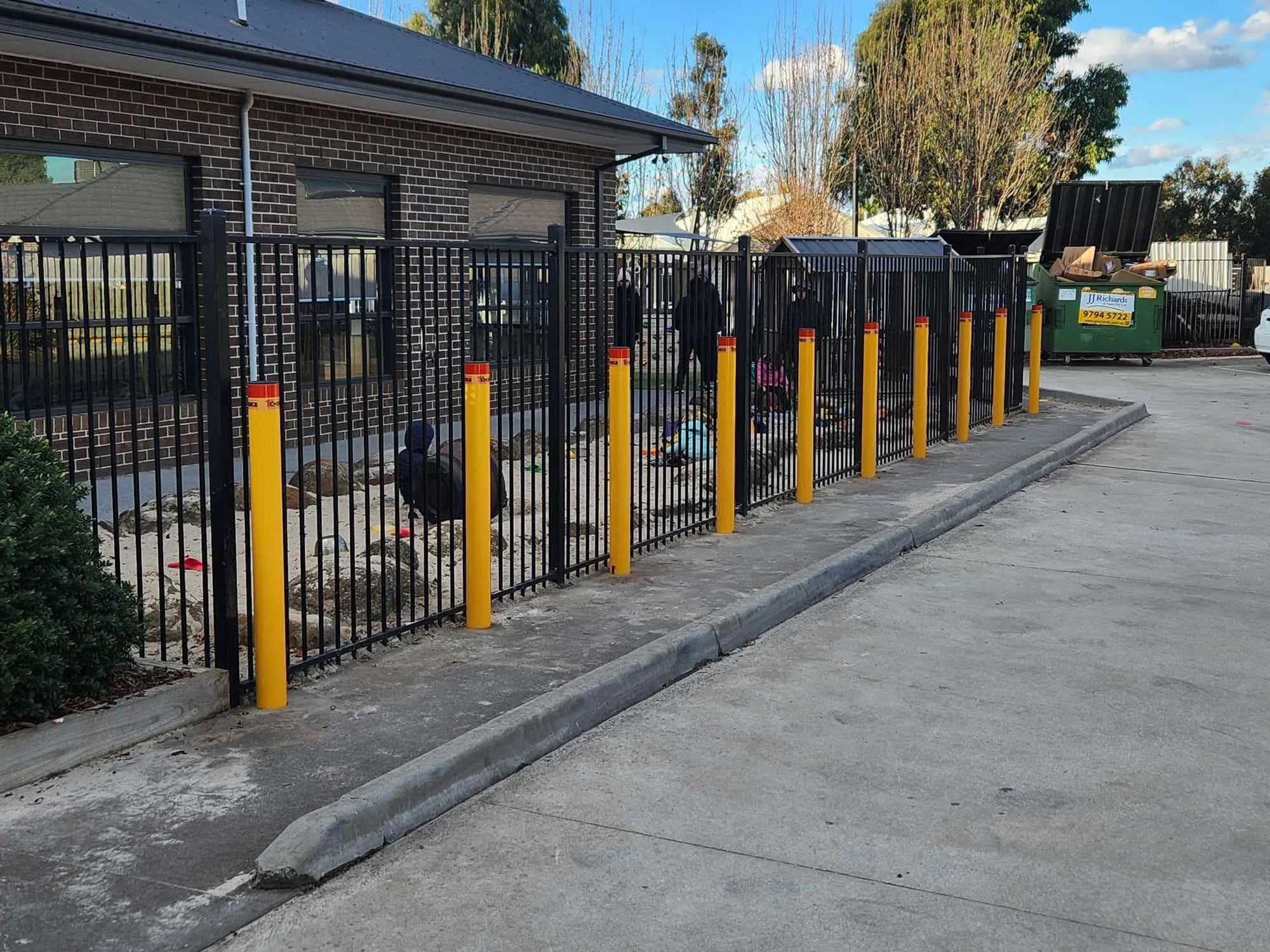
Not every property has concrete surfaces. Many driveways, car parks, and laneways are built from asphalt. When owners want to add bollards, a common question arises: can bollards be installed directly into asphalt, or do they need concrete?
The answer is important. Bollards are designed to stop vehicles and protect property. Without a strong foundation, they can fail under pressure, leaving sites exposed and insurance claims at risk.
The solution is to cut through the asphalt and set the bollard into concrete below. Professional installation typically involves:
This ensures the bollard is anchored in concrete, not just resting in asphalt.


Factor | Concrete Surface | Asphalt Surface |
Base strength | Suitable for direct installation | Requires cutting and adding reinforced footing |
Durability | High, long-lasting | Can fail if bollard is set only in asphalt |
Installation steps | Drill and set into concrete | Cut asphalt, excavate, reinforce, and pour concrete |
Removable options | Faceplate sits flush in concrete | Faceplate set into reinforced footing beneath asphalt |
Appearance | Seamless with concrete finish | Asphalt restored neatly around bollard base |
The performance of a bollard depends on its foundation. DIY jobs often fail because footings are too shallow or set in the wrong material.
Josh, owner of First Choice Bollards, explains:
“We often see bollards installed directly into asphalt, and they don’t last. For real protection, the footing has to be concrete. That’s why we always cut through asphalt and pour reinforced concrete foundations, no matter the site.”
Professional installers ensure:
See more on their Removable Bollards (https://firstchoicebollards.com.au/removable-bollards/), Custom Bollards (https://firstchoicebollards.com.au/custom-bollards-melbourne-geelong/), and Bollard Specifications (https://firstchoicebollards.com.au/bollard-specifications/) to understand the technical detail behind installation.

No. Asphalt alone is too weak. Bollards must be anchored in reinforced concrete.